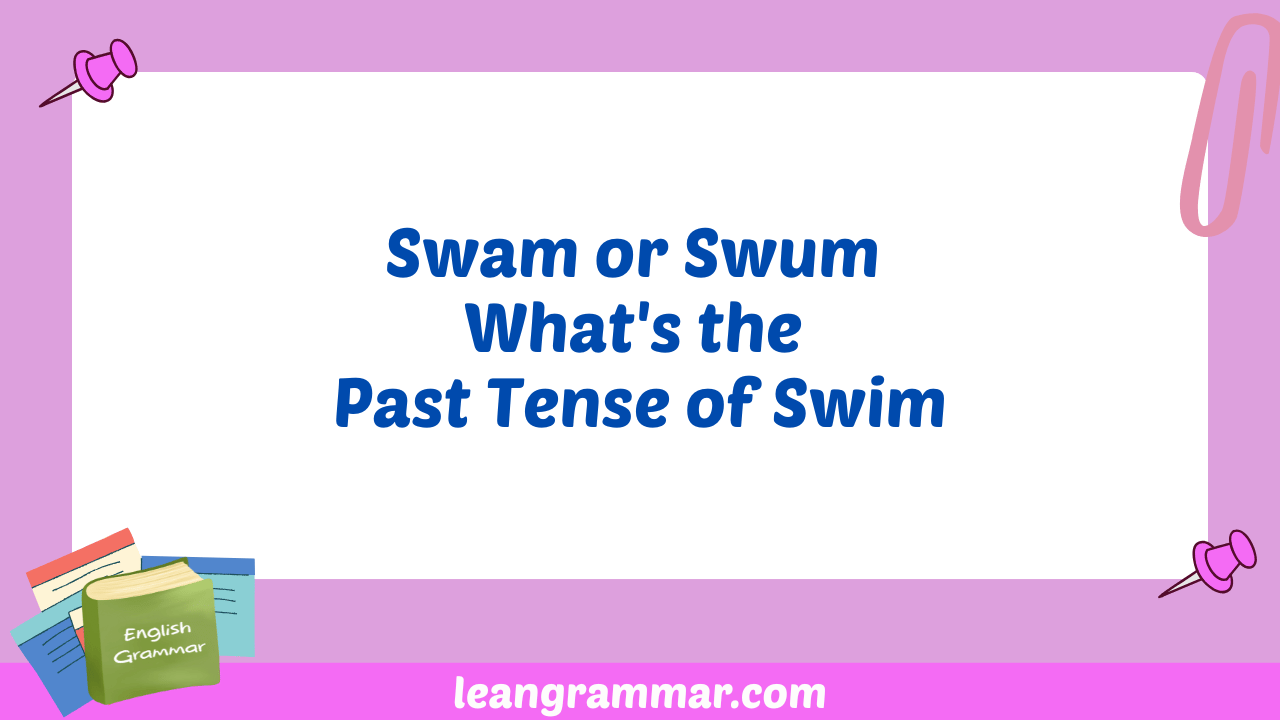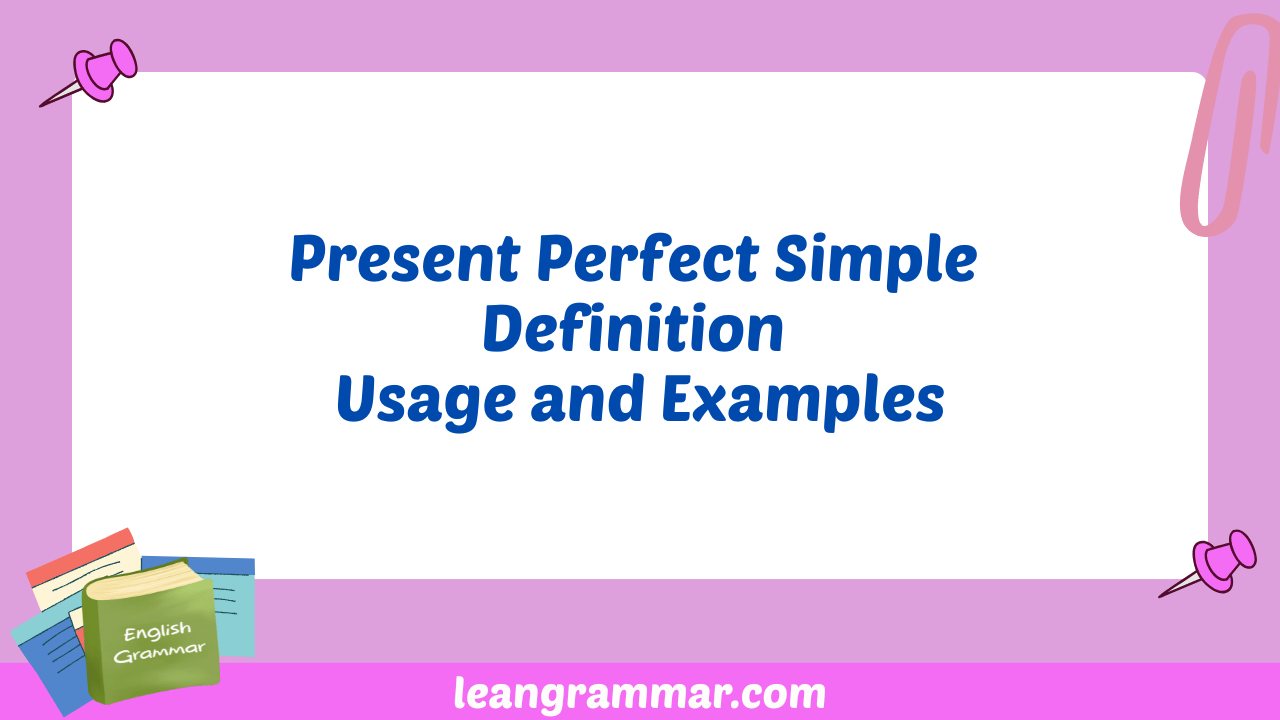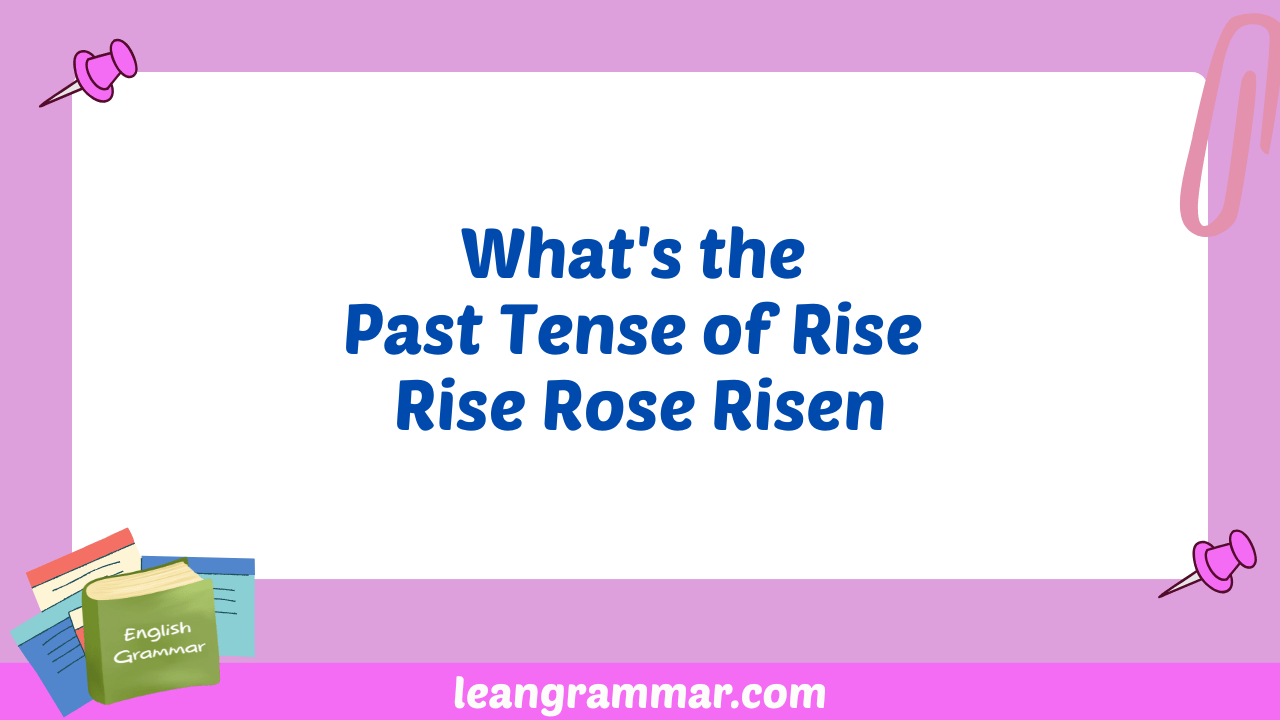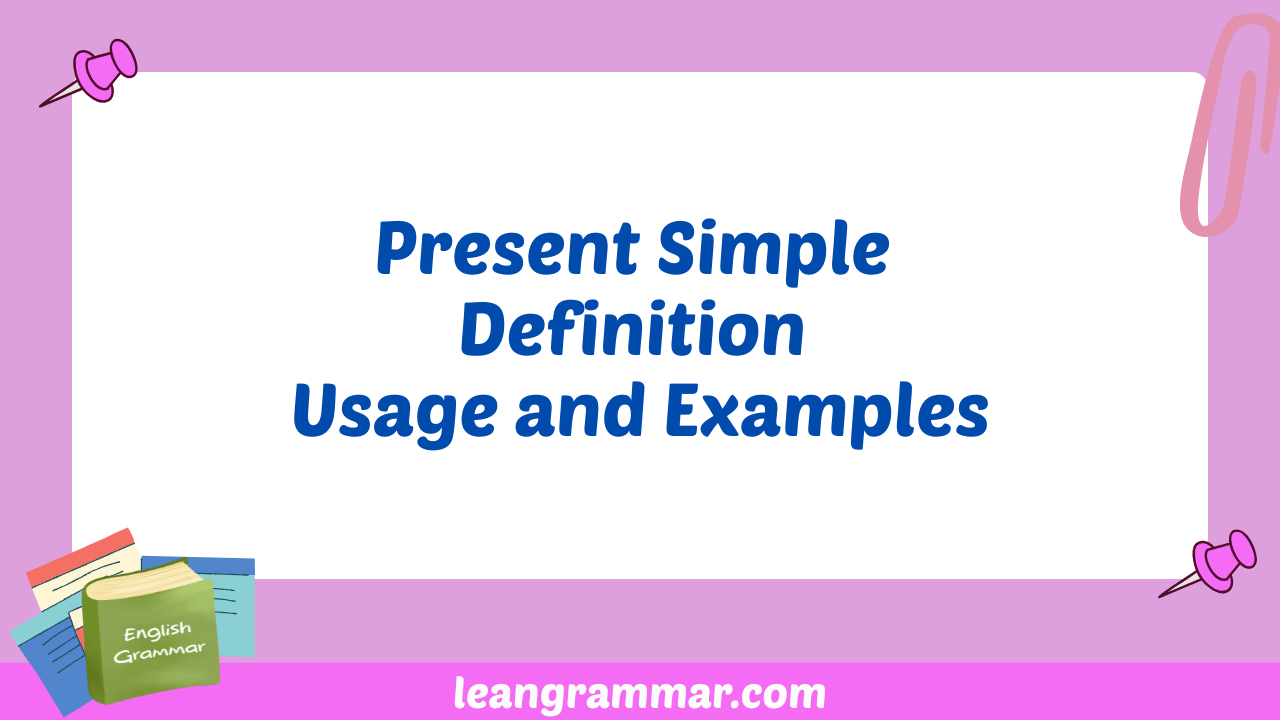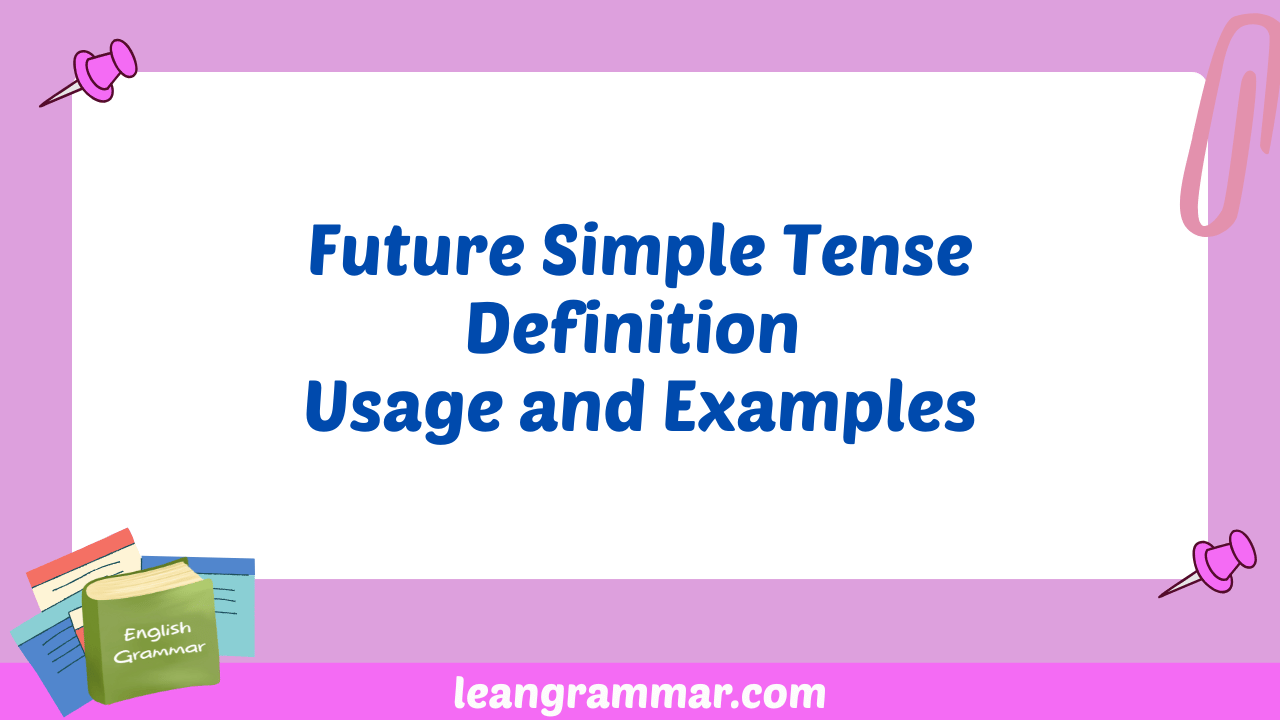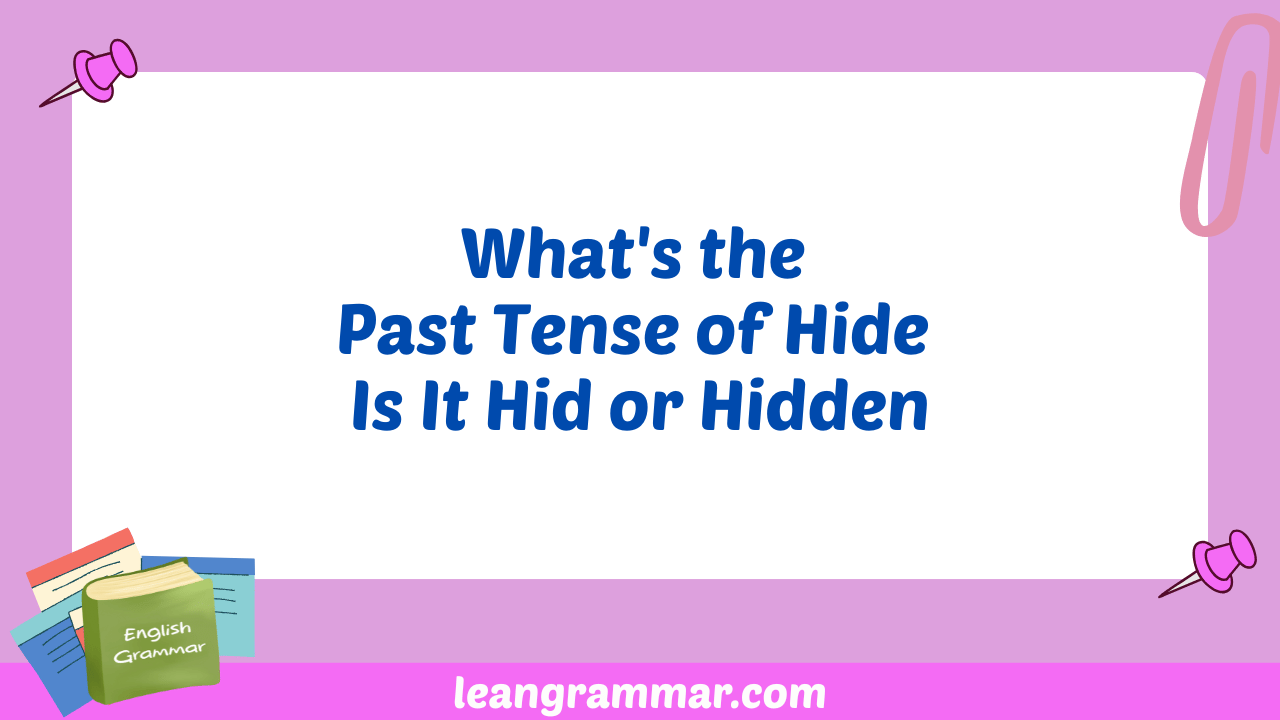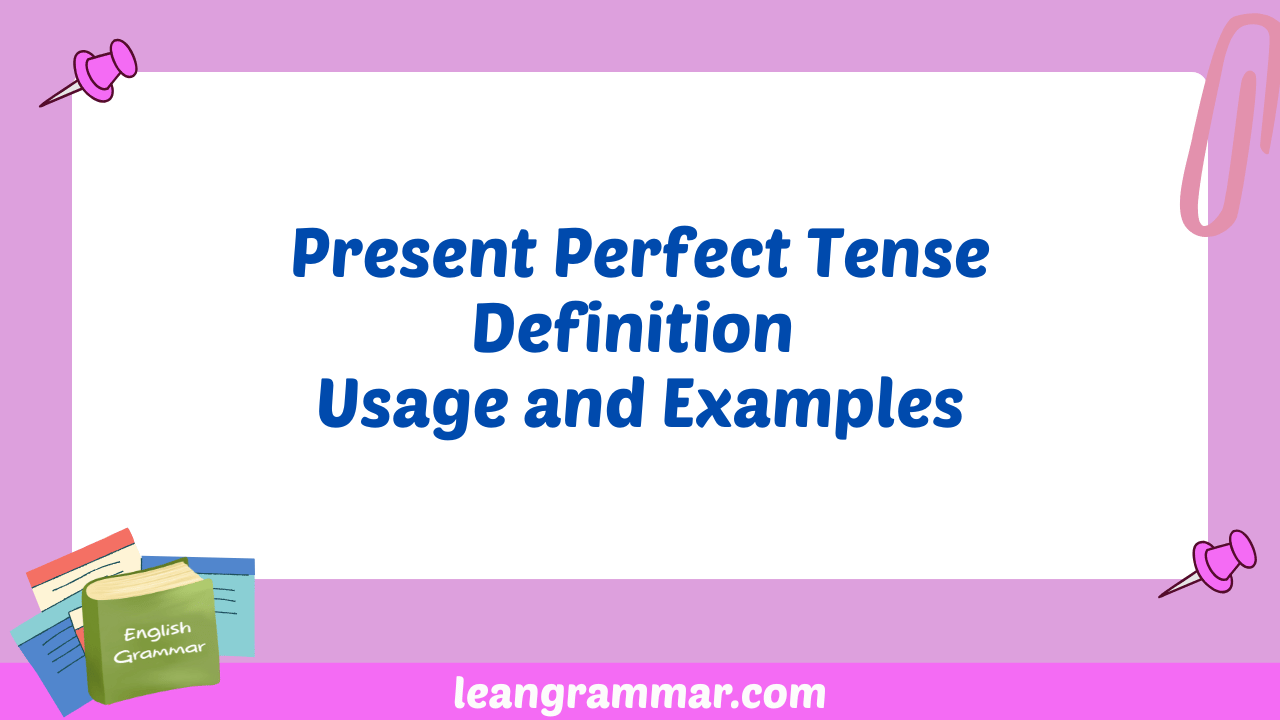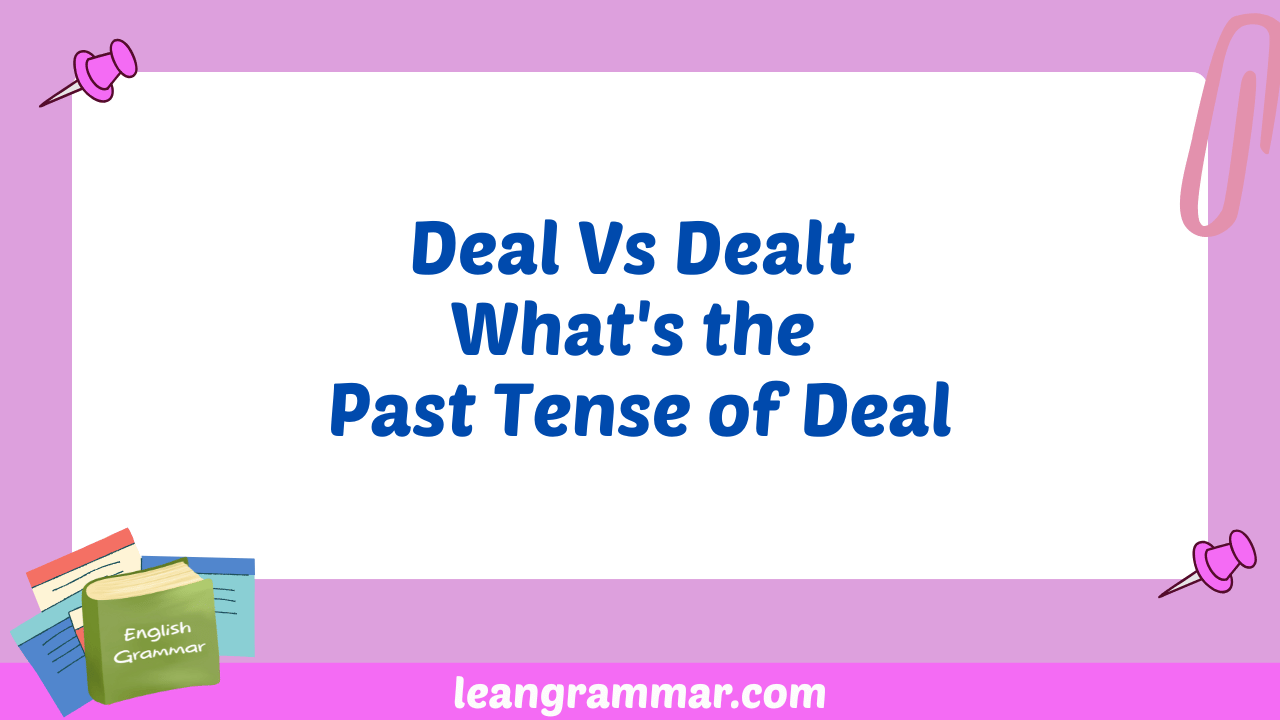Swam or Swum: Mastering the Past Tense of Swim
Understanding the correct past tense forms of irregular verbs like “swim” is crucial for effective communication in English. The verb “swim” presents a common challenge for English learners, with many unsure whether to use “swam” or “swum” in different contexts. This article will provide a comprehensive guide to mastering the past tense of “swim,” covering … Read more
